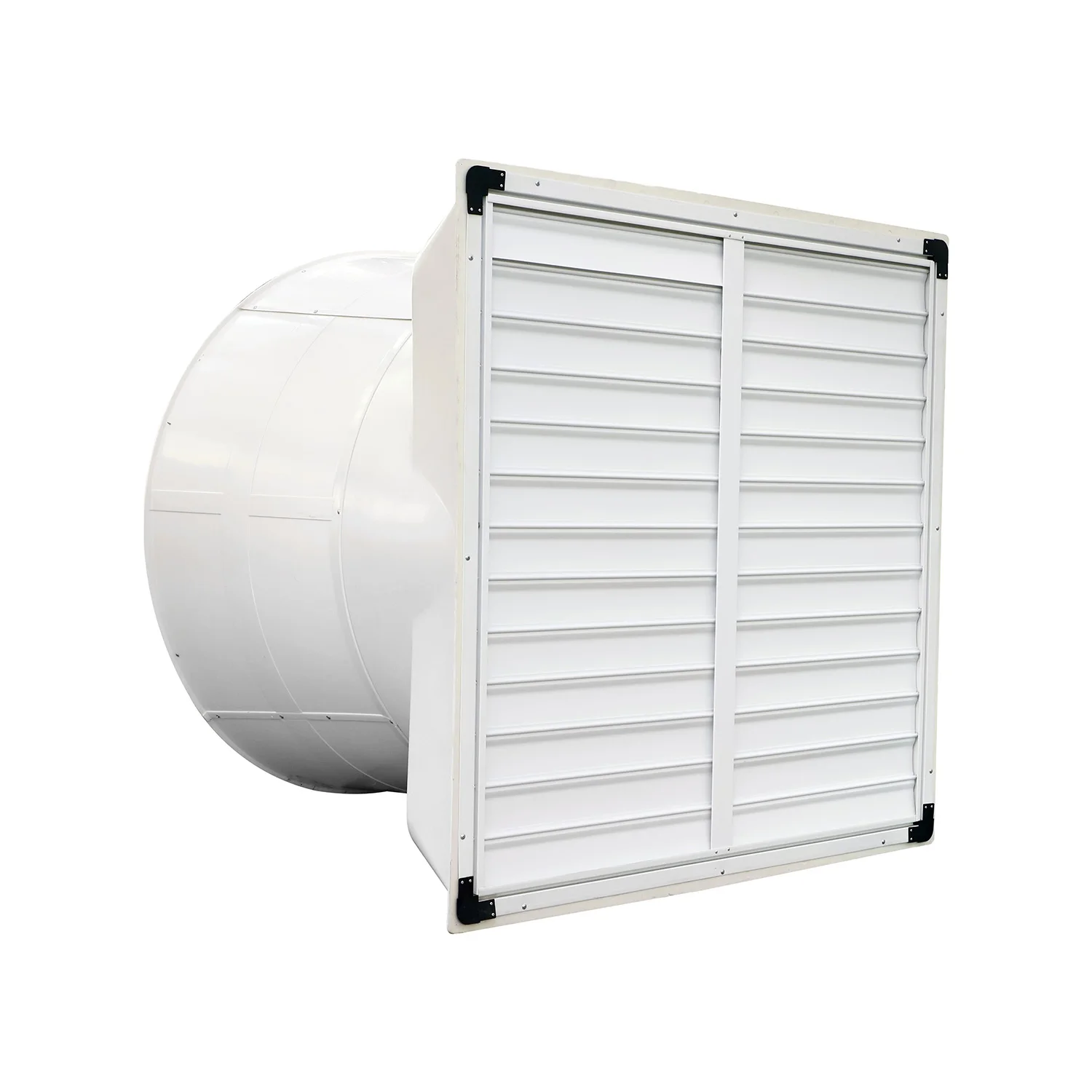scalding tank
Dec . 28, 2024 22:52 Back to list
scalding tank
Understanding Scalding Tanks Safety, Functionality, and Best Practices
Scalding tanks are essential tools in various industries, particularly in food processing and poultry preparation. These tanks are designed specifically for the purpose of immersing products in hot water, a process known as scalding. This method is primarily used to facilitate the removal of feathers from birds, such as chickens or turkeys, after slaughter. Given the critical role they play in food safety and product quality, understanding the operation, maintenance, and safety measures related to scalding tanks is vital for businesses in this field.
Functionality of Scalding Tanks
Scalding tanks are typically large, insulated vessels that are heated to a specific temperature, usually between 140°F to 160°F (60°C to 70°C). The primary function of these tanks is to loosen the feathers of slaughtered birds to ensure efficient and clean feather removal during processing. When birds are submerged in the hot water, the heat causes the proteins in the feathers and skin to break down, making it significantly easier to pluck the feathers mechanically.
In addition to feather removal, scalding has implications for food safety. The hot water is effective in killing surface bacteria and pathogens that may be present on the skin of the birds, thereby playing an essential role in maintaining hygiene standards in food production. The temperature and duration of the scalding process must be carefully controlled, as over-scalding can lead to damaging the skin or meat quality, while under-scalding may not effectively remove feathers or could leave harmful bacteria.
Design and Features
Modern scalding tanks often come with various features that enhance their functionality and ease of use. Most designs include temperature controls, water circulation systems, and filtration units to keep the water clean and free from contaminants. Water temperature measurement devices, such as thermocouples or infrared sensors, are crucial for ensuring that the water maintains the desired heat level throughout the scalding process.
Some advanced scalding tanks also employ automatic water level control, which prevents overflow and ensures that the tank is always filled to the appropriate level. This automation not only improves safety but also enhances operational efficiency, allowing for a more consistent and high-quality processing line.
Safety Measures
scalding tank

While scalding tanks are highly efficient, they also present significant safety risks due to the high temperatures involved. Implementing safety measures is paramount to reduce the risk of burns and other accidents. Operators must wear appropriate personal protective equipment (PPE), including heat-resistant gloves and aprons. Furthermore, training staff on the safe operation of scalding tanks is essential to ensure they understand the risks and the actions required to minimize those risks.
Regular maintenance is also a critical aspect of ensuring safety and functionality. This includes routine checks for leaks, proper calibration of temperature controls, and periodic cleaning to prevent the buildup of residues and bacteria. Businesses should also implement strict protocols for monitoring water quality, ensuring that any contaminants are filtered out before they can impact the product.
Best Practices
To optimize the use of scalding tanks, several best practices should be observed. Firstly, temperature monitoring is critical; maintaining the correct scalding temperature is essential for both effective feather removal and food safety. Regular calibration of temperature sensors can help prevent deviations that may compromise these factors.
Secondly, the scalding time should be strictly adhered to. Each batch of birds may require specific timing based on factors such as size and feather condition. Keeping accurate records of scalding times and temperatures can help with process optimization and enable adjustments to improve overall efficiency.
Lastly, it’s vital that businesses comply with health and safety regulations pertinent to food processing. This not only protects consumers but also enhances the reputation of the business within the marketplace.
Conclusion
In summary, scalding tanks are integral to efficient poultry processing, contributing to both the quality of the final product and food safety. By understanding their functionality, adhering to best practices, and implementing robust safety measures, businesses can ensure the effective and safe operation of scalding tanks. As the industry continues to evolve, ongoing training and technology improvements will play key roles in enhancing the performance of these essential tools in food processing.
-
High Performance Exhaust Fan – Efficient Ventilation Solutions for Home
NewsJun.10,2025
-
High-Quality Gestation Pen for Sows Durable Mobile Pig Pen & Simple Pig Pen Solutions
NewsJun.10,2025
-
High Quality Rabbit Cage Double Tier Designs & Welded Wire Mesh Supplier
NewsJun.10,2025
-
Floating Fish Feed Machine - High Efficiency Floating Fish Feed Extruder for Small Scale Production
NewsJun.10,2025
-
Premium Poultry Housing Solutions Mobile & Commercial Free Range Options
NewsJun.10,2025
-
Industrial FRP Fans Corrosion-Resistant Blades & Centrifugal Systems
NewsJun.09,2025






